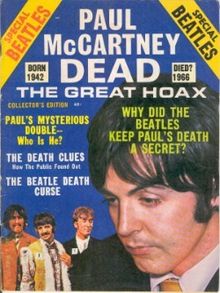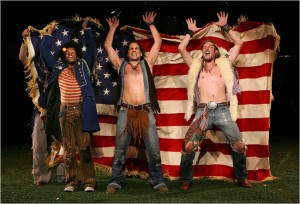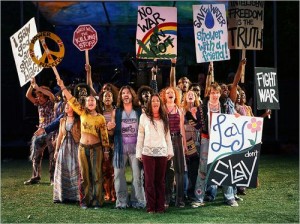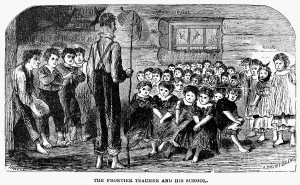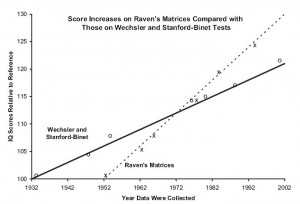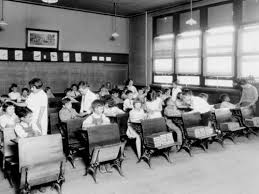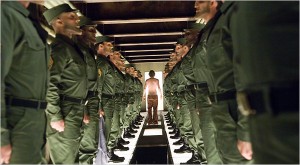Seeing as we are all freshmen at Penn State University, it is safe to assume that all of us have embarked on the dreaded journey through the SATs and/or the ACTs. I would also venture to guess that we all performed fairly well, considering Penn State is considered a somewhat selective university that admits 55% of its applicants. Congratulations! You’ve made it this far and you (probably) will never ever have to go back to the mayhem of standardized testing.
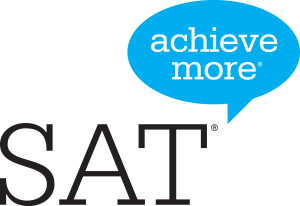
Although we all took the SAT or ACT and most likely stressed over making sure our scores were “good” enough, do any of us really know what the SAT measures? What magical property does the SAT test that lets colleges know if we are worthy of attending their university?
Many people think the SAT measures mastery of basic skills (critical reading, writing, and math), which to an extent is true. However, testing the extent of students’ content-based knowledge is more the goal of the SAT II subject tests. Many other people assume it serves as an IQ test that measures relative levels of intelligence; whatever score you earn can and will rank your intellect against everyone else’s. For instance, it is popularly accepted that a student who earns a score of 2390 is more intelligent than a student who earns a score of 1550. Depending on who you ask (ie. SAT prep companies, teachers, universities, students, etc.), you will hear that the SAT measures student motivation, how well someone has mastered test-taking strategies, developed math and reading skills, innate intelligence, neural processing speed, socioeconomic background, and more. The College Board itself seems confused as to what the SAT should measure, evidenced in the change of names from the “Scholastic Aptitude Test” to the “Scholastic Assessment Test” to just the “SAT.”
Surprisingly, the stated purpose of the SAT is not to see how well students have mastered material or to rank their intelligence. The only purpose of the SAT is to predict freshman year grades. Colleges are supposed to view the SAT as an indicator of how successful a student is likely to be in their freshman year of college.
If the SAT only predicts students’ freshman year grades (and keep in mind, the test does not measure leadership, creativity, resiliency, or any other factors that could have strong influences on student success), why is it so heavily emphasized? The test has become so important that many parents spend hundreds, if not thousands, of dollars sending their children to SAT prep classes which might raise their children’s scores 20-100 points, a modest difference on the normally distributed curve. 
Colleges are in a risky situation in terms of SAT’s: on the one hand, most selective universities wish to have a holistic admissions process that considers other, more illuminating criteria; but on the other hand, universities feel pressure to report high average SAT scores among their accepted students to demonstrate the prestige and keep a competitive edge with other top universities.
There are many problems with the SAT, so the overemphasis it receives in college admissions processes just exacerbates those. First, there is inequity in students coming from families who can afford to send their children to prep classes and those who cannot. The students who do not receive preparation for the test do not have the advantage of test-taking strategies, one-on-one tutoring and feedback, or any sort of prior familiarity that students of wealthier families possess. On top of this additional disadvantage to lower socioeconomic families, those same families are more likely to be the same ones attending weaker school districts in poorer areas. Excellent school districts can hire excellent teachers and provide their students with rigorous curricula and a plethora of educational resources. Poorer school districts tend to hire the less expensive and less qualified teachers who deliver less advanced curricula and do not possess the same resources as wealthy schools.

So although the SAT itself, may be standardized, the playing field leading up to it is definitely not. Students who come from wealthy families and wealthy school districts tend to score much higher from students from disadvantaged backgrounds. I believe that universities should require an addendum to student SAT scores that indicates the high school the student attended and the environment he or she grew up in. This, combined with the SAT score, will hopefully keep it more in perspective.
Read the breakdown for the methods of scoring here.




